Keeping the trash chutes and collection rooms of multifamily buildings clean, sanitary and stench-free is a big job, and an important one. Poorly-maintained chutes are not just nasty—they’re breeding grounds for pests, bacteria, and other harmful contaminants you really don’t want in your building. That’s why it’s critical that building staff and maintenance professionals stay on top of keeping your chutes in good order.
Trash Chutes
Trash chutes were originally used to drop rubbish down to a basement incinerator, where it would be burned. While burning garbage is a good way to get rid of tons of bulky, smelly trash, it’s terrible for the environment. For that reason, incinerators were banned in most city residential buildings. Today, building refuse is routed to trash compactors where it’s compressed into manageable parcels, which are in turn picked up by the waste collectors.
Compactors are certainly an improvement over incinerators, but bags of trash still have to get down to a building’s basement via a trash chute—and unfortunately, they don’t always make it down there in one piece. Bags break, even in the compactor, and some residents will also stuff items in the chute that are clearly too large to fit (pizza boxes are a prime offender), causing backups. Careless residents will even throw dirty diapers and cat litter directly into the chute, without bag. Just imagine being the next person to open the trash chute door and getting a face full of bacteria-laden air.

Beware the Air
Waste material, debris, and allergens can build up in a building’s airways and passages, turning the duct system into a perfect environment for the proliferation of mold, bacteria, and other harmful organisms. Some studies have even shown bacterial growth, including salmonella and e.coli, on the inner surfaces of garbage chutes and near the trash rooms. And the problem doesn’t stop at the chute—garbage chutes are equipped with vents, and the air inside can circulate into the hallways and even into individual apartments, exposing everyone in the building to airborne bacteria.
When chutes are not cleaned and maintained properly, grease, grime, and bits of debris can also pose an increased risk of fire. And let’s not forget the wildlife that can move in and turn a dirty trash chute into a five-star hotel; primarily roaches, rats, and mice. Vermin can be a year-round issue, but in the colder months when buildings are shut tight and food sources are scarce, the problems can multiply with alarming speed.
Most well-kept buildings maintain trash chutes and compactors, but for those who don’t, the biggest issues are quality of life such as odors, roaches, mice and sometimes rats. Sadly, some buildings resort to just hanging a deodorizer in the trash room. Buildings owners should schedule a cleaning or maintenance servicing once per per month but no less than every quarter.
Darrell Simpson, Sr., managing partner at Sunburst, advises his clients and their building managers to clean their buildings’ trash chutes once a month. “We typically start at the top and use a cleaner that we drop down the chute,” says Simpson. “We lock the chute doors while we’re doing this and we use a rotating turbo sprinkler head to clean the walls of the chute. After a chute has been cleaned and sanitized, we deodorize until the next month. If you don’t maintain the chutes, it will take twice as long to clean them next time. Regular Atlanta Plumbing Preventive Maintenance also saves on pest control.”

Unfortunately, he says that, when it comes to disposing of trash, some residents cooperate and some don’t. “You’ll have some residents who still throw liquid or cat litter down the chute, even though it’s not allowed,” he says. “Cloth, such as a blankets can’t be thrown down either because it can jam up the compactor.”
Clean and Sanitized
During a maintenance visit, trash chute cleaning companies generally perform a floor-to-floor evaluation and visual inspection to identify any potential problems, and then clean the chutes with chemicals and a high-pressure water system. A rotating nozzle and degreaser are passed through the chute several times until the walls are clean, and then a deodorizer and sanitizer are added.
“We don’t use toxic cleansers because those can permeate the air and adversely impact the residents,” says Simpson. “Our method is using a power washing system coupled with odor-eating enzymes and citrus degreaser. We use an all-natural cleanser to clean and shine the stainless steel hopper doors. After a comprehensive cleaning, disinfection and deodorizing of the system, we can also track the air flow throughout the system and eliminate blockages to [prevent odors and bacteria problems].”
Management should set a schedule for garbage collection and make sure to instruct residents on what’s acceptable, what isn’t, and how to get rid of the waste.
Waste management is one of the biggest challenges facing multifamily buildings. If it’s not done right, the consequences can go from nasty to disastrous very quickly. That’s why it’s so important to make sure your building’s trash chutes and compactor rooms are kept as clean and sanitary as possible by subscribing to a preventive maintenance plan. It’s a project that requires cooperation from both building staff and residents alike.
[fusion_button link=”https://clienthub.getjobber.com/client_hubs/7b757383-19ec-4ab2-bc60-8814053e8b2d/public/work_request/new” title=”Request an Estimate” target=”_self” alignment=”” modal=”” hide_on_mobile=”small-visibility,medium-visibility,large-visibility” class=”” id=”” color=”custom” button_gradient_top_color=”#ffeb3b” button_gradient_bottom_color=”#ffeb3b” button_gradient_top_color_hover=”” button_gradient_bottom_color_hover=”” accent_color=”#000000″ accent_hover_color=”” type=”” bevel_color=”” border_width=”0″ size=”xlarge” stretch=”yes” shape=”square” icon=”” icon_position=”left” icon_divider=”no” animation_type=”” animation_direction=”left” animation_speed=”0.3″ animation_offset=””]Schedule a Trash Chute Inspection and Cleaning[/fusion_button]
More about Sunburst Environmental’s Trash Chute Cleaning Service
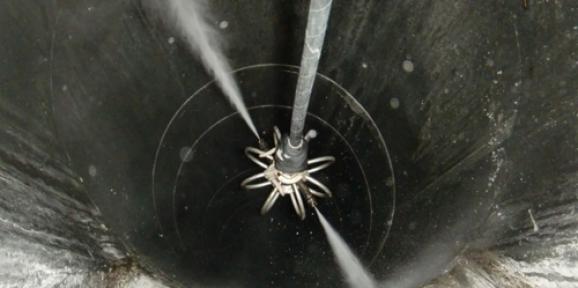
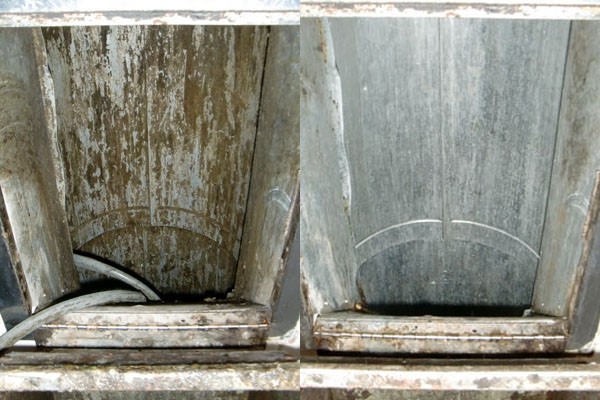
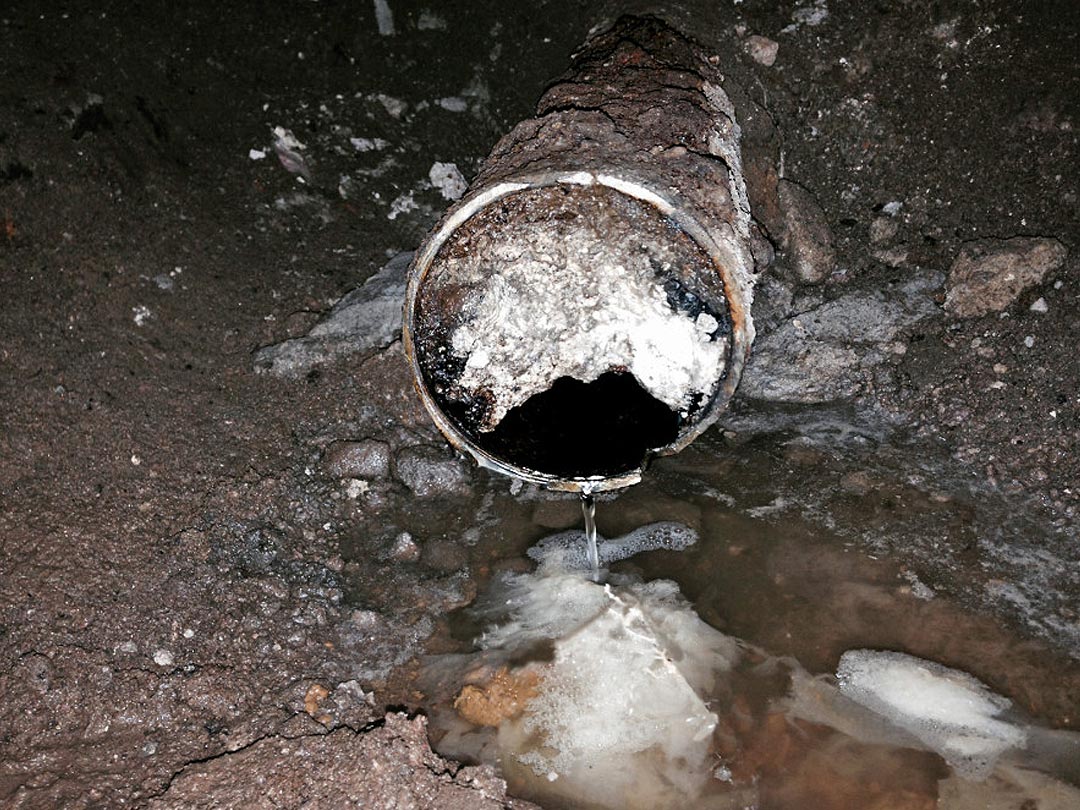
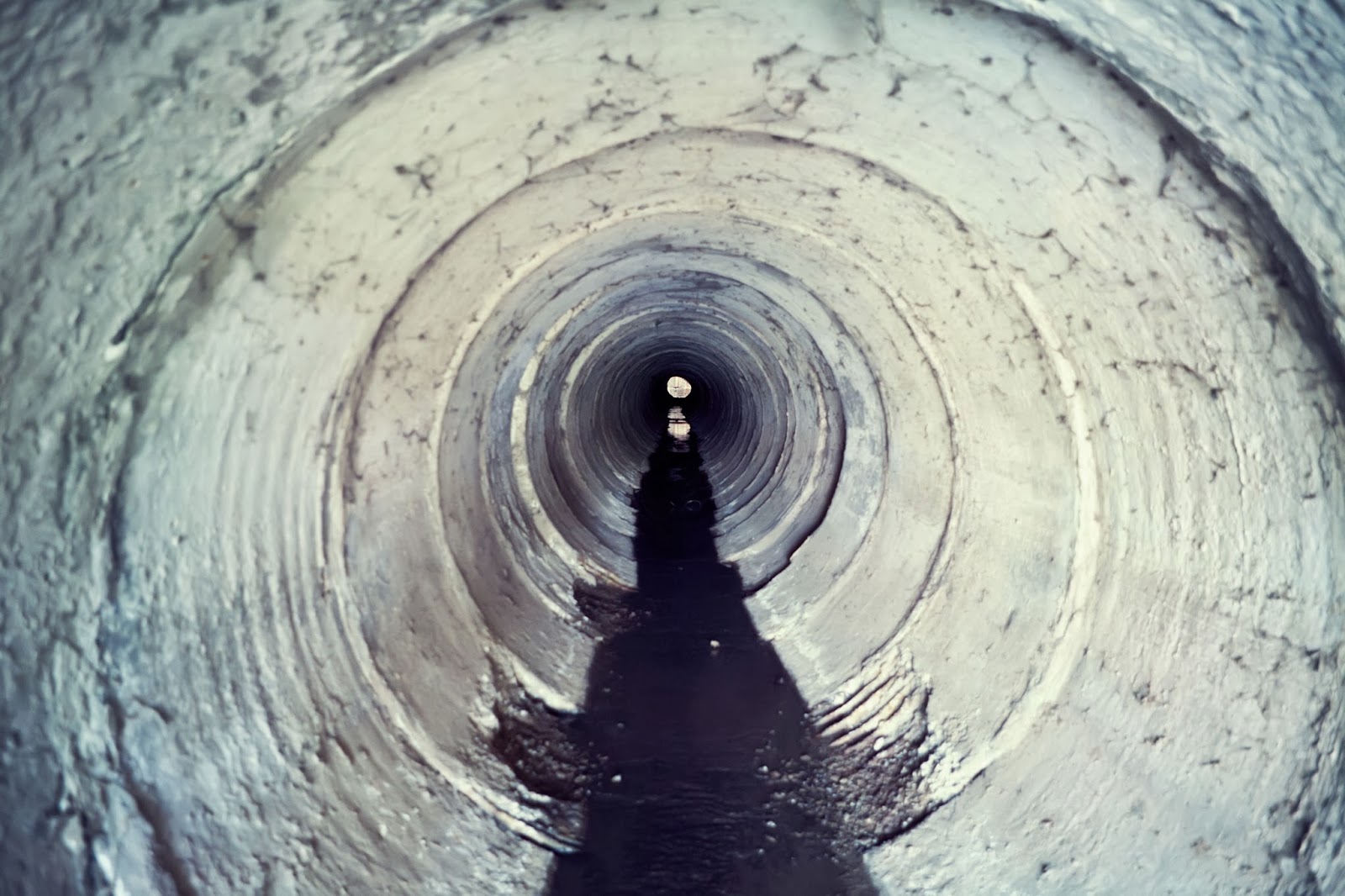
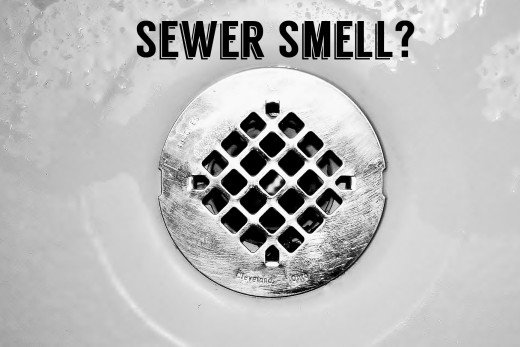
Leave A Comment